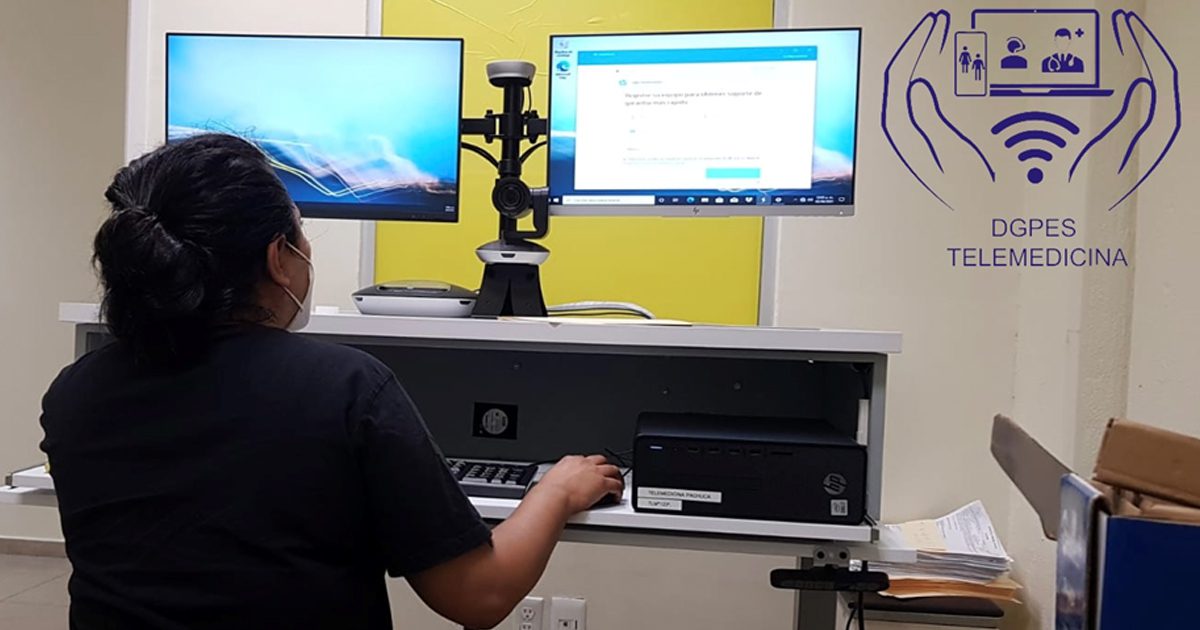The Andean country seeks to strengthen the administration of its Digital Health services with the aim, in the medium term, of making profit profitable from the development and implementation of modern public health practices.
One of the main discussions around the use of telemedicine in Latin America is the regulation of the collection of services and the financing made by the public policies of each country in the region.
Costs need to be adapted according to the specifications of the service, level of expertise and other variables established by governments in the search for equitable and healthy practices between traditional and digital formats. It is very important to know that 50% of current consultations can be resolved virtually, and only one portion of the remaining require a thorough clinical examination.
For this reason, Chile opened the use of individual billing codes for each telemedicine service and thus manage the profits generated for its financing, which ensures its constant development and its validity within public policies that provide a contribution to citizens.
What is currently happening with telemedicine-related services (such as teleconsulting and telediagnoses) require government funding through the National Health Fund (FONASA) which is responsible for paying for the benefits offered by public health institutions. This means that the system can become vulnerable because it depends on the resources of a single source that does not obtain them from the provision of these same services.
As regards the division of services to differentiate its contribution to the public sector budget, different costs are contemplated depending on the implications, be it a second opinion consultation, a telemonitoring or any other benefit to ensure strategies that quantify revenue to institutions operating with such technologies.

Another framed method for resource regulation is the existence of catalogues where the prices of the exchange of services are set with the aim of establishing a series of recovery fees in the cost-benefit ratio.
Mexico and Argentina are on the sight of annexing themselves to this type of practice. They will have the challenge of controlling the jurisdiction that each area of their states has with respect to the practice of Digital Health, which will always have the mission of allowing the professional of a province to attend to a patient who is in another or, even, in other country.
Two very important factors in order to turn digital health into a reality are:
- That the massive use is required in two ways; doctors and patients.
- A strong stage of mass digitization has to be passed through to provide tools, training and promote the use of solutions.
This is how Latin America strives to take enormous steps towards digitizing health for its population.






